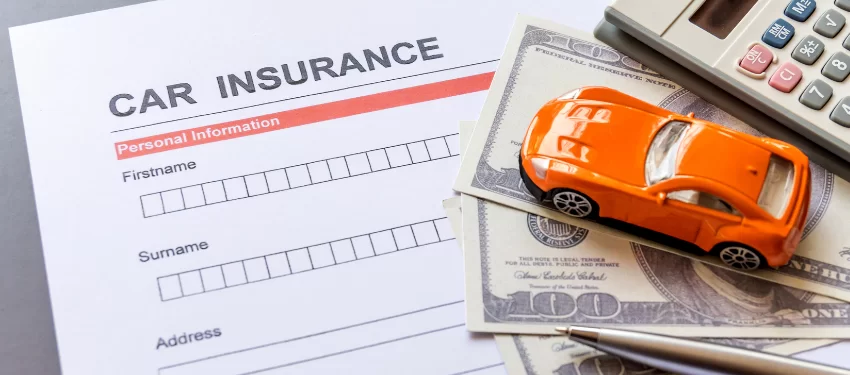When you have your windshield replaced, it’s easy to think that the job ends once the glass is installed. However, for vehicles equipped with Advanced Driver Assistance Systems (ADAS), there’s an important step that follows — ADAS calibration after windshield replacement. This process ensures that your vehicle’s safety features, such as lane departure warnings, adaptive cruise control, and automatic emergency braking, function correctly after the new windshield is in place. In this blog, we’ll explain why windshield calibration is essential and how it helps maintain your vehicle’s safety.
What is Windshield Calibration?
Windshield calibration refers to the process of recalibrating the sensors and cameras associated with ADAS that are mounted on or near the windshield. These systems rely on precise alignment to monitor the road accurately and assist drivers with safety features. When a windshield is replaced, even the slightest misalignment can cause these sensors and cameras to function improperly, leading to a potential risk in driving.
Why is Windshield Calibration Necessary After Replacement?
There are several key reasons why windshield calibration is crucial after replacement:
1. Ensures Proper Functionality of Safety Systems
ADAS features are designed to keep drivers and passengers safe. If the cameras or sensors are out of alignment, these systems may provide incorrect data, such as false alerts or failure to respond to hazards. For example, lane departure warnings might not trigger, or the vehicle’s automatic braking system may fail to activate when needed. Calibration ensures that all ADAS features are working as intended.
2. Prevents Malfunctions and Reduces Risks
Even a small misalignment of a sensor or camera can cause serious malfunctions in the ADAS system. For instance, an off-angle camera could misinterpret the position of other vehicles, pedestrians, or road markings. This increases the risk of accidents, which windshield calibration helps mitigate by accurately realigning the system.
3. Maintains the Accuracy of Driver Assistance Features
Driver assistance features like adaptive cruise control and parking assistance require precise calibration to operate effectively. Any deviation in their positioning may cause errors, such as inaccurate distance measurement or difficulty in tracking obstacles. Calibration restores the system’s accuracy, allowing drivers to rely on their vehicle’s ADAS for enhanced safety and convenience.
4. Complies with Manufacturer Specifications
Most vehicle manufacturers require ADAS calibration after windshield replacement to maintain safety standards. Failing to calibrate the system not only puts you at risk but may also void warranties or violate safety regulations. By ensuring calibration, you are adhering to the manufacturer’s guidelines and maintaining the integrity of your vehicle’s systems.
When Should You Get Windshield Calibration?
Calibration is typically needed in the following situations:
- After a Windshield Replacement: Whether due to damage or regular maintenance, any time the windshield is replaced, the ADAS system must be recalibrated.
- Following a Collision: Even if the windshield is intact, a minor collision may shift the position of the sensors or cameras, requiring calibration.
- ADAS Warning Light: If your vehicle’s ADAS warning light comes on, it could indicate an issue with the system’s alignment.
Types of ADAS Calibration
There are two main types of ADAS calibration:
- Static Calibration: This process is done in a controlled environment using specialized equipment and targets. It does not require the vehicle to be driven and is typically performed in a workshop.
- Dynamic Calibration: In this method, the vehicle is driven on the road while connected to diagnostic equipment. The system recalibrates itself based on driving conditions and data collected during the drive.
The Importance of Professional Calibration
Windshield calibration requires advanced equipment and expert knowledge. It is not something that can be done as a DIY task. To ensure the highest level of safety, always seek professional services for ADAS calibration after windshield replacement. Professional technicians have the tools and expertise needed to properly align the system, providing you with peace of mind that your vehicle is safe to drive.
The Impact on Your Insurance and Warranty
Many insurance policies cover the cost of windshield calibration when it’s done as part of a windshield replacement. It’s important to check your policy to understand what’s covered. Additionally, proper calibration is often required to maintain your vehicle’s warranty, so be sure to verify this with your vehicle manufacturer or service provider.
Conclusion
ADAS calibration after windshield replacement is a critical step to ensure the safety of your vehicle. It ensures that all driver assistance features work correctly, minimizes the risk of malfunctions, and maintains compliance with manufacturer standards. When getting a windshield replacement, particularly in areas like windshield replacement Miami, always ensure calibration is performed to keep your vehicle’s ADAS system fully functional.
By taking this essential step, you’re not only protecting yourself but also other drivers and pedestrians on the road.



